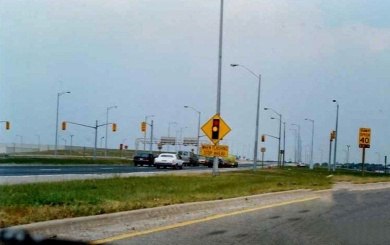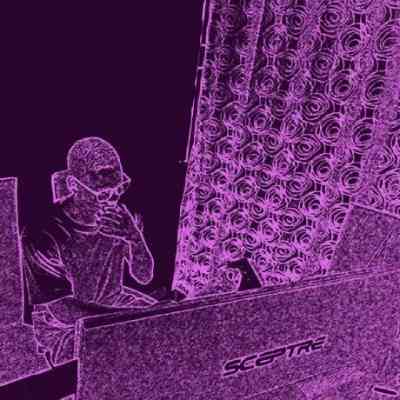When you think of Los Angeles, you think of one thing: Traffic.
It is famous for gridlock. So it sounds like a joke when I tell you that Los Angeles was the first major city in the world to synchronize every single traffic light.
But it is true.
They connected nearly 4,400 traffic lights across 469 miles of road. It cost about $400 million and took 30 years to finish.
The system is called ATSAC (Automated Traffic Surveillance and Control).
I dug into the details to understand how it works and if it was worth the money. Here is the breakdown of what they built and what we can learn from it.
How The "Smart Eyes" Work
Most old traffic lights are "dumb." They just run on a timer. Green for 30 seconds, Red for 30 seconds. It does not matter if 100 cars are waiting or 0 cars are waiting.
The LA system is different. It uses real-time updates.
Sensors in the Road: They put magnetic sensors (loops) under the pavement. When a car drives over them, the system knows you are there.
Cameras: They have cameras watching major intersections.
The Central Brain: All this data goes to a command center underground. A computer (and human engineers) can see the flow of the whole city at once.
If the system sees a long line of cars on one street, it holds the green light longer to flush them out.
The Goal: The "Green Wave"
The main goal of this technology is something engineers call a "Green Wave."
If you drive at the speed limit, you should hit green light after green light. You never have to stop.
When they finished the project in 2013, the results were actually very good:
Travel time dropped by 12%.
Average speed increased by 16%.
Stops decreased by 31%.
Because cars were not idling (sitting still with the engine running), they burned less gas. This saved huge amounts of pollution.
The Big Question: Why Is Traffic Still Bad?
You are probably thinking: "If they fixed the lights, why is LA traffic still a nightmare?"
This is the most valuable lesson from this story.
The system did work. It made the roads more efficient. But because the roads became faster, more people decided to drive.
It is a rule of traffic called "Induced Demand." When you make space on the road, more cars fill it up.
If the traffic lights were not synchronized today, the gridlock would be much, much worse. The system is fighting a battle against millions of new cars every year.
Summary of Facts (For Your Notes)
System Name: ATSAC
Cost: ~$400 Million
Scale: 4,400 intersections / 469 miles
Top Benefit: 16% reduction in congestion delay
Hidden Benefit: Emergency vehicles (police/ambulance) can turn lights green to get through traffic faster.
The Future
Los Angeles is now working on the next version for the 2028 Olympics. They want cars to "talk" to the traffic lights directly using 5G.
It shows that technology can solve math problems, but it cannot solve human behavior. We will always fill up the empty road.
What do you think?
Would you prefer a longer commute if it meant you never had to stop at a red light, or is speed the only thing that matters?








Be the first to show love! 🚀
Start something amazing - your support inspires creators!